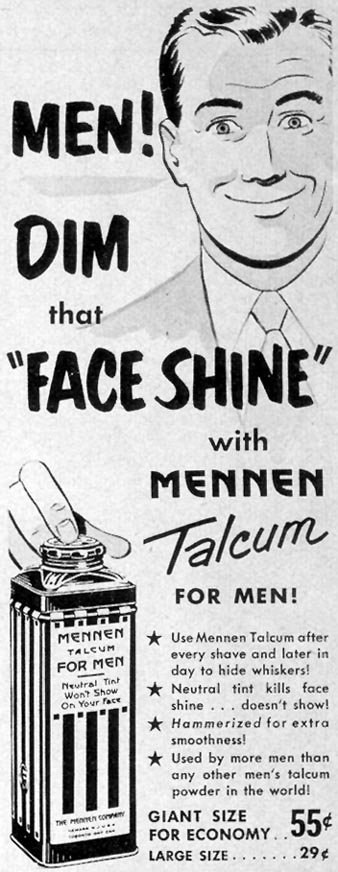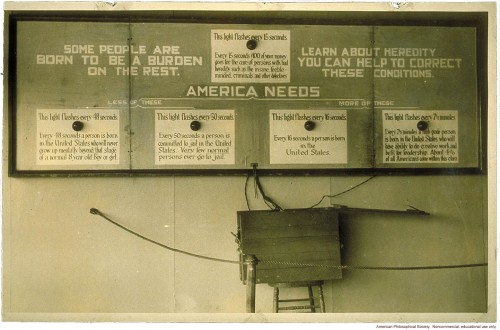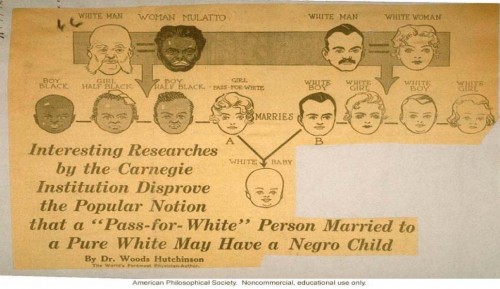As a fan of both sci fi and pre-WWII pop culture, I naturally have a lot of affection for Alex Raymond’s Flash Gordon. There’s much to be enjoyed about the original comic strip (which basically invented the style that led to the creation of super-hero comics), the 1936 serial starring Buster Crabbe, and even the 1980 movie, which I’ve mentioned before. The 1970’s softcore porn version, Flesh Gordon, is also a lot of fun. Although the various incarnations get pretty complicated, the basic story is of a regular guy from Earth who ends up on a bizarre alien planet, where he inadvertently becomes a hero in the struggle against Emperor Ming, the tyrant who has been keeping the whole planet under his thumb. With the recent rebirth of big budget sci fi and comic book adaptations, the time almost seems perfect for a new Flash Gordon movie. It’s never quite been done cinematic justice, and the basic story would hold up well to a modern interpretation.
Unfortunately, there’s one rather big problem: Emperor Ming. As the name implies, Flash’s nemesis is an unreconstructed “yellow peril” Asian stereotype. Despite being an alien, he’s undeniably portrayed as the worst sort of racist view of a Chinese ruler. He’s a vindictive, inscrutable tyrant with an affection for ornate finery and a lecherous eye for (white) Earth women. In the original comic he has bright yellow skin, long fingernails, a high-collared robe, and a Fu Manchu goatee.
Unsurprisingly, the serial was faithful to this version, casting a white actor named Charles Middleton and putting him in the same kind of “yellowface” make-up that was common in those days for portrayals of Asian characters. Of course, the actual skin tone was irrelevant in a monochromatic film.
Concerns about racism never even entered anyone’s mind until the 1980 film. By that time, it was necessary to be at least a little racially sensitive (but not too much). The answer was to leave Ming basically unchanged, while pretending there was never anything Asian about him. Swedish actor Max von Sydow was given a look that was immediately recognizable as the classic Ming, but with just enough of the Asian elements replaced with a more futuristic, “alien” look for plausible deniability.
The animated versions of Ming, in both the Filmation’s Flash Gordon series and the later Defenders of the Earth, took this idea a step further. Ming was given green skin, as if to say, “See, this guy’s clearly an alien! How could you accuse him of representing an Earthly race?”
Even with these attempts at a more extraterrestrial appearance, however, anyone who’s at all familiar with longstanding racist depictions of Asian men can recognize Ming as an embodiment of that unfortunate tradition. Meanwhile, more sympathetic characters who are clearly of the same race as Ming, such as his traitorous daughter Aurra and her lover Prince Barin, were unambiguously white. They did have yellow skin in the original comics, but even then they were less recognizable Asian than Ming. Later portrayals, even the cartoons in which Ming is green, show them as totally caucasian. The message seems to be that the more evil you are, the more alien you are, and alien in this case looks a lot like Chinese.
Naturally, when the Sci Fi Channel decided to adapt Flash Gordon for TV in 2007, they were eager to avoid anything that could be perceived as racism. Their answer to the Ming problem was to completely remake the character, removing every bit of his previous look to create a very white sort of fascist dictator.
There was a lot wrong with this adaptation (it was unwatchably boring, for one), but one of the complaints against it was that Ming was lackluster and missing everything that had made him a memorable villain. Regardless of his origins, we expect certain things from Ming: a bald head, facial hair, an ornate robe. Exoticism. So what is to be done? There can be no Flash Gordon without Ming the Merciless, but it’s possible that Ming is a character too wrapped up in racism to ever escape.
In my idle moments I’ve given some thought to how Hollywood could pull off a successful Flash Gordon revamp, and the only idea I have for Ming is this: don’t run away from his faux-Chinese heritage; push it in the other direction. Cast a Chinese actor as Ming, and make Aurra, Barin, and the rest of their people equally Chinese. Eliminate Earth entirely, setting the story in the future and making Flash’s planet one that was colonized by the United States, while Ming’s planet was colonized by China. You don’t need exposition for this- just imply it with production design. For Ming’s costumes, create a futuristic variation on what Chinese emperors actually wore, rather than just an American’s simplistic idea of the look. Do away with Ming’s predatory behavior toward Flash’s girlfriend. It’s a creepy and dated element regardless of his race. Finally, sweep away the blond=good/dark=bad undertone of the original by making Flash Gordon black. After all, it would make a great role for Will Smith, a charismatic action hero who’s been hurting for a sci fi property that’s actually worth watching.
As for the role of Ming himself, there are plenty of aging action stars who could pull it off. Given the inevitable campiness of the project, Jackie Chan might work. I’d suggest Chow Yun Fat, except that it could be hard to distinguish his version of Ming from the character he played in the last Pirates of the Caribbean movie.
But would this be enough to redeem the character and the franchise? Maybe privileged white fans like me need to accept that some characters and stories have too much bigotry in their history to ever be redeemed. After all, nobody is trying to create an acceptable new version of Uncle Remus (although I say this with hesitation, because it seems possible that someone in a locked room at Disney might right now be doing that very thing). If there is to be no more Flash Gordon, I’ll accept that, but I do wish someone could find a way to solve the problem of Emperor Ming.
———————————
Dustin Collins is pursuing an MA at the Ohio University School of Film. When he has time between classes and screenings, he blogs about film, pop culture, and Betty Boop at okaywithme.
If you would like to write a post for Sociological Images, please see our Guidelines for Guest Bloggers.

















